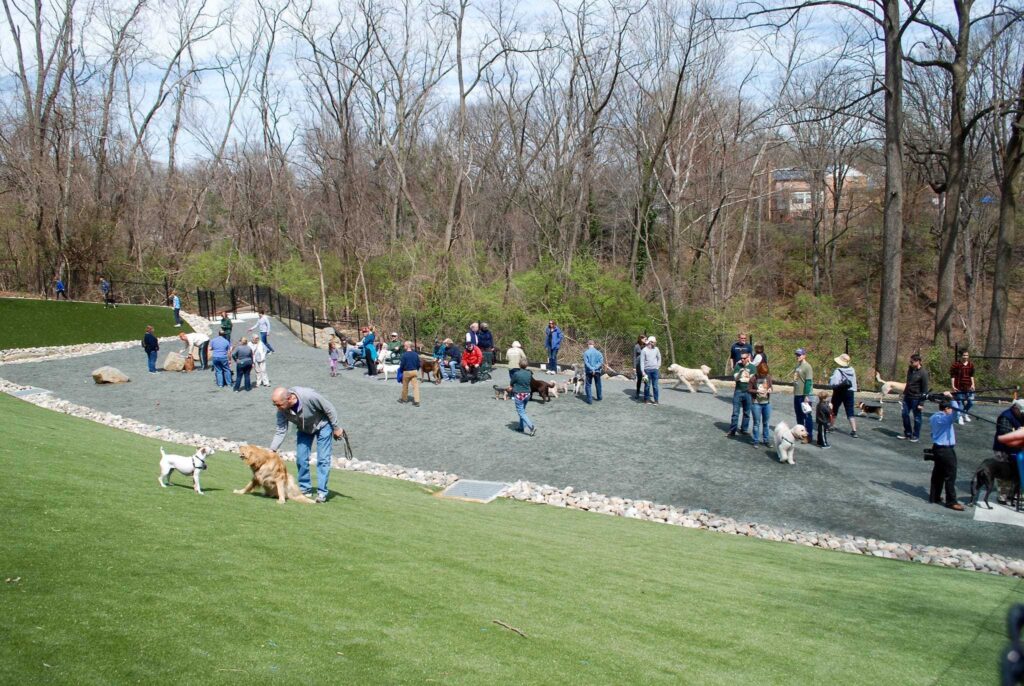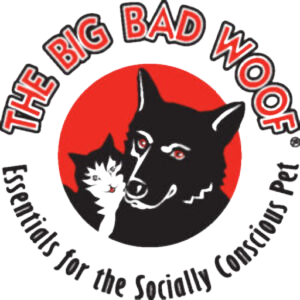The Do’s and Do-Not-Do’s of the Dog Park
A walk is a great social outing for you and your dog, but a walk may not be adequate exercise for your dog, and if the energy level is high some dogs will resort to lunging, barking, and worse, to spice up the experience.

Dog parks are great places for exercise, and free play with other dogs or people is the safest form of exercise. However, just like playgrounds for our kids, dog parks hold hidden dangers, such as opportunities to catch whatever sickness might be going around, to get bullied, and learn bad habits.
Well-trained, socialized dogs with no resource-guarding issues are ideal candidates for an off-leash experience. No matter a pup’s disposition, you never know how they’ll respond to others—and vice versa.
It’s necessary that he understands and responds to basic training cues. In addition to “stay” and “sit,” good commands to master are “leave it” or “off” so your dog knows when to back away.
It’s also good idea to practice commands before you come to the park. This is especially important with recall commands like “come” and commands like “leave it.” Your dog may run into wild animals—like coyotes, gophers, or rats—and you don’t want your dog near those animals, dead or alive.
Wherever you and your dog legally amble, be aware of the rules, and observe the body language and respect the sensitivities of other humans.
DO’s:
All dog parks are not alike so it’s recommended to visit a dog park without your dog so you can get a lay of the land and a feel for the vibe before you bring your fur baby.
Walk your dog first, at least 10 to 15 minutes, to make sure they don’t go berserk and freak out the other dogs and dog parents.
Know your pup. Know their body language. Your dog is likely going to be aware of an impending tussle before you are: if he seems to become nervous, agitated, or on guard, call him and prevent any squabbles before they happen.
Be responsible. Pick up their mess, have them fixed, have them tagged and collared, and have a leash at the ready.

Be respectful. Ask before touching another dog or introducing your dog to another, and before letting your dog play with any other dogs it is important to meet the parent of the other dog.
Be present. Your full attention should be on your dog, not your phone or in La La Land. The dog park is a great place to get into trouble; fresh mud pits after it rains, squirrels to chase, over-possessiveness over toys or sticks, and dogs (or people) with baditude are all possibilities, so keep an eye on your dog. Pay attention to how they play and be sure you can recognize subtle signs; dogs are good at hiding injuries, a behavior that stems from an atavistic survival mechanism, and you don’t want to overlook an injury.
Give rewards and praise before you leash up and leave. In your dog’s mind, if you don’t reward them then you are punishing them for obeying a command by immediately leaving the park. Make sure to treat or praise immediately and delay the departure just a bit so they have a good association for coming when called.
DONT’s:
Bring a dog in heat, a dog that is unfixed, or a dog that is pregnant. Pregnant dogs can suffer injuries to themselves or the litter. Also unless they are older than 6 months and fully immunized, leave your puppies at home. It’s too great a risk.
Bring food or treats as this will get the attention of ALL the dogs on the field. The only exception would be a high value treat only to be used if your recall commands fail to get Fido’s attention.
Bring small children and babies as they are easily toppled over and injured by canine ruffhousing.
Use retractable leashes. It’s the worst kind of leash and is very likely to end up entangled in other leashes or giving you rope burn.
Adorn your pup in metal and spike collars as they can seriously injure other dogs while playing. Looking cool just isn’t that important.
Overstay your welcome. A 30 to 60 minute visit should allow your pooch time enough to run and play without wearing themselves out. It’s a good bet that it’s time to go home when your dog only wants to hang with you.

